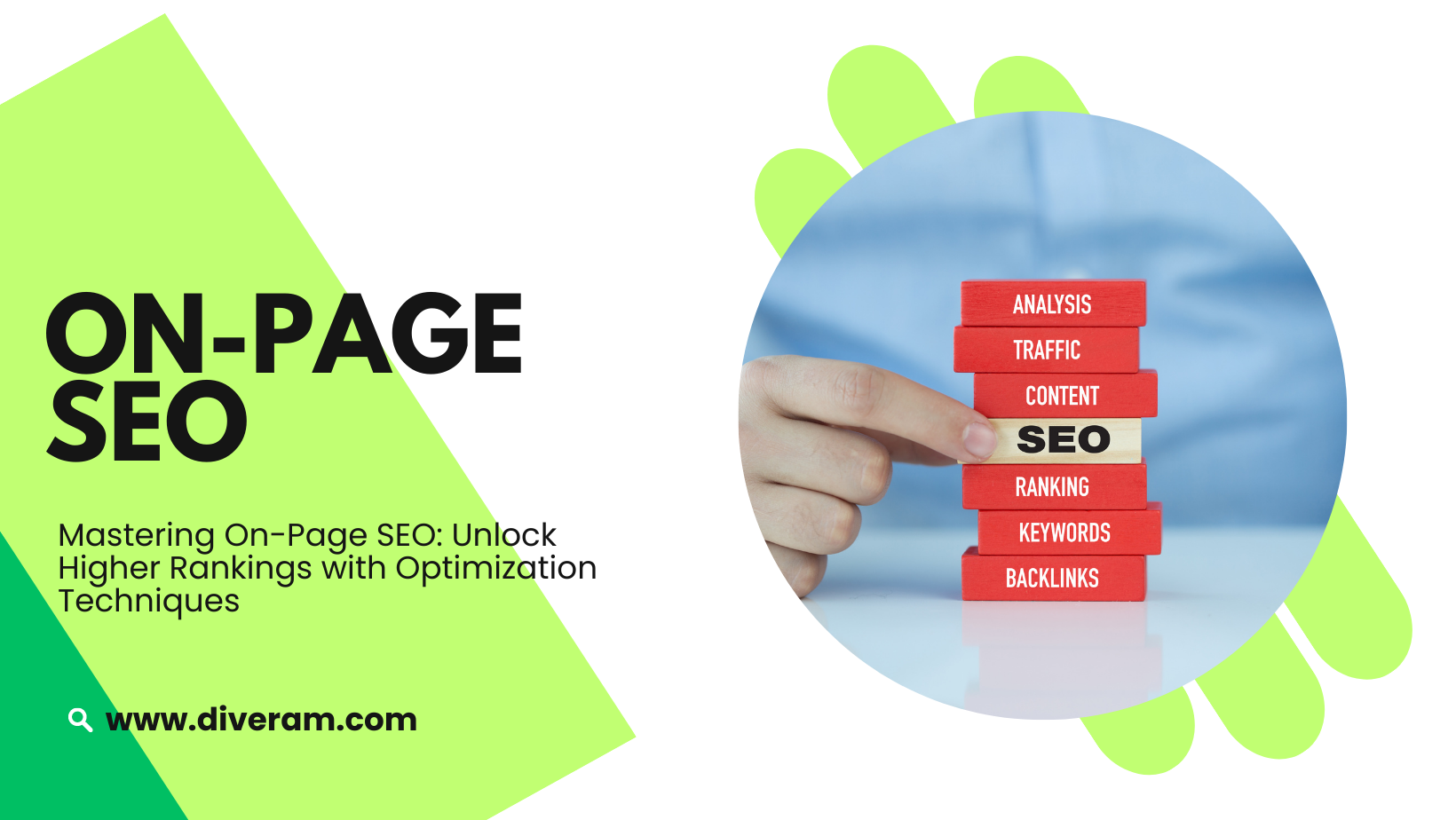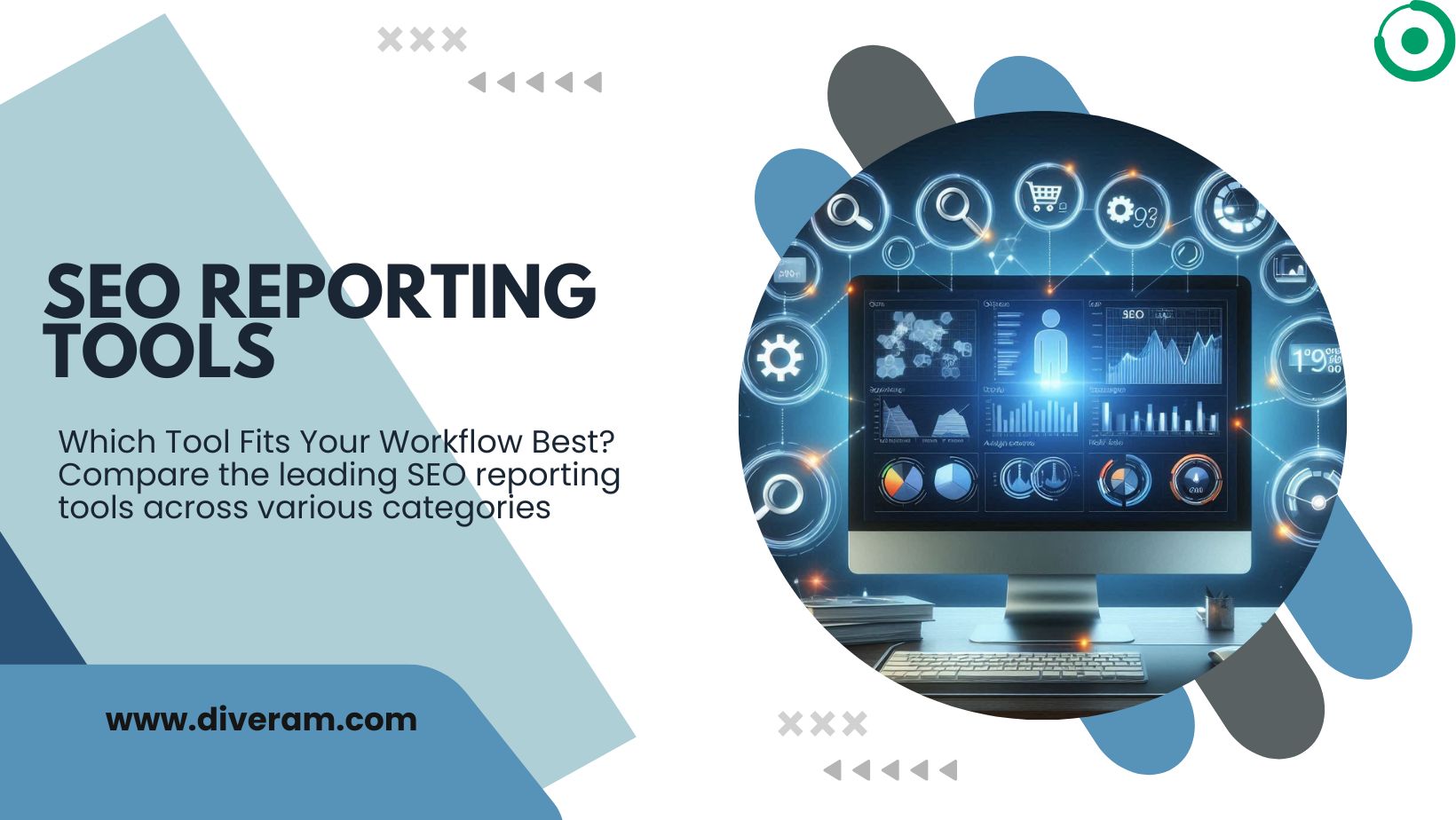Mastering On-Page SEO

Introduction to On-Page SEO
In the world of search engine optimization (SEO), on-page optimization plays a crucial role in improving your website’s visibility and rankings on search engine result pages (SERPs). By mastering on-page SEO best practices and techniques, you can optimise your website’s content and structure to attract both search engines and users. In this article, we will explore the key elements of on-page SEO and provide actionable tips to help you boost your website’s performance.
- Conduct Comprehensive Keyword Research
Before optimising your website’s on-page elements, it is essential to conduct comprehensive keyword research. Identify relevant keywords and key phrases that align with your business, products, or services. Use keyword research tools, such as Google Keyword Planner or SEMrush, to discover high-volume and low-competition keywords. Focus on long-tail keywords that reflect the intent of your target audience. Incorporating these keywords strategically throughout your content will help search engines understand the relevance of your website.
- Optimise Title Tags and Meta Descriptions
Title tags and meta descriptions are HTML elements that provide concise summaries of your web page content. They are displayed on SERPs and greatly influence click-through rates. Ensure that each page on your website has a unique and descriptive title tag (around 55-60 characters) that includes your target keyword. Craft compelling meta descriptions (around 160 characters) that accurately describe the page and entice users to click through. Including keywords in these elements can improve your website’s visibility and relevance in search results.
- Create High-Quality and Engaging Content
When it comes to on-page SEO, content is king. Create high-quality, relevant, and engaging content that resonates with your target audience. Incorporate your target keywords naturally throughout your content, including in headings (H1, H2, etc.), paragraphs, and image alt tags. Aim for a balance between optimization and readability. Break up content into smaller sections with descriptive subheadings and bullet points to enhance readability. Remember to create informative and shareable content that encourages backlinks from other reputable websites.
- Optimise URL Structure
A well-structured URL can improve both user experience and search engine crawling. Use descriptive and keyword-rich URLs that accurately represent the content on each page. Avoid using generic or cryptic URLs that provide little context. Include relevant keywords and separate words with hyphens for better readability. For example, “www.example.com/on-page-seo-best-practices” is more informative than “www.example.com/page1?id=12345”. Additionally, ensure that your URLs are short and easy to remember.
- Optimise Images for SEO
Images can enhance the visual appeal of your website, but they also provide an opportunity for optimization. Optimise your images by compressing their file size to improve page loading speed. Use descriptive filenames and include relevant keywords in the image alt tags. This not only helps search engines understand the content of the image but also provides accessibility for visually impaired users. Add relevant captions and consider utilizing image sitemaps to improve your website’s image search visibility.
- Implement Internal Linking
Internal linking refers to the practice of linking to other pages within your website. It helps search engines discover and navigate your website’s content while also establishing relationships between pages. Include contextual internal links within your content to guide users to related or relevant pages on your site. Ensure that your anchor text includes relevant keywords and provides a clear indication of the linked page’s content. Internal linking not only aids in SEO but also improves user engagement and reduces bounce rates.
Conclusion
Mastering on-page SEO is essential for improving your website’s visibility, attracting organic traffic, and achieving higher rankings on search engine result pages. By implementing these best practices and techniques, you can optimise your website’s content, structure, and elements to make it more search engine and user-friendly. Remember that on-page SEO is an ongoing process, and staying up-to-date with the latest trends and algorithm changes is key to maintaining your website’s SEO success.
Incorporate these strategies into your SEO efforts, and you’ll be on your way to achieving improved visibility, increased organic traffic, and higher search engine rankings.




